Top 10 Best Souvenirs to Bring Back from China
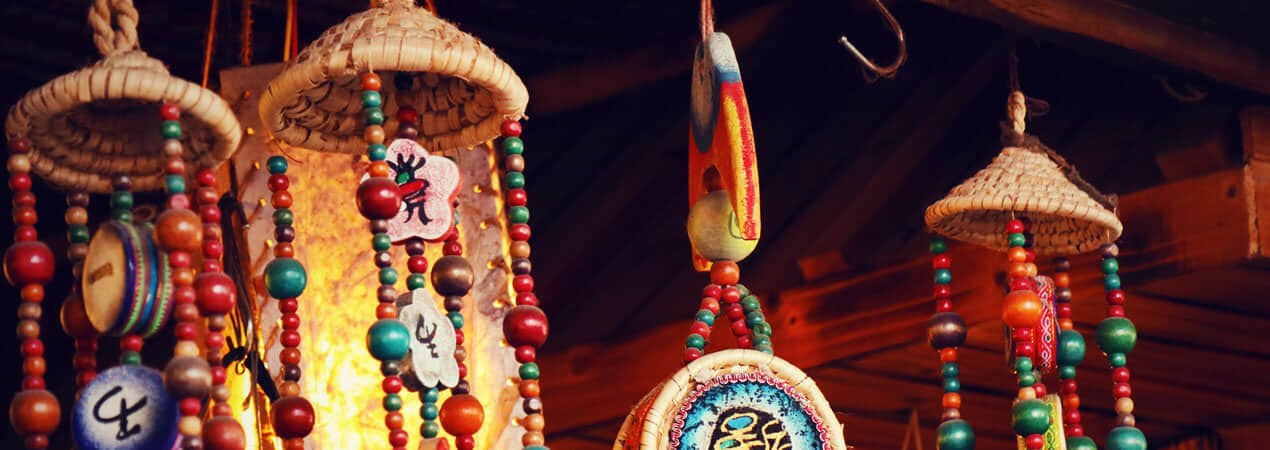
Aside from the many amazing photos you will take on your unique trip to China, a collection of keepsakes and memorabilia will also be a wonderful reminder of your journey through the world’s most populous country. There are many products that are not only great souvenirs for travelers, but also provide a rich history and deep meaning to Chinese people as well.
Here is our list of the top 10 items to buy as souvenirs from China:
1. Tea

Tea is one of the most profound symbols of culture in China. With a wide range of teas that are grown naturally across the country, there is no shortage of unique flavors that come from China. Tea in the modern age is often picked and processed in the traditional style to preserve the rich flavors of the natural tea leaves and hold on to some of the ancient practices of China.
Tea is a drink that is enjoyed by people of any class, age, or status. Chinese tea is one of the most crucial symbols of Chinese heritage and makes for a delicious gift to bring back to friends. Not only can you shock your friends and family with the delicious tea flavors, but you can explain some of the region-specific qualities and historical uses of each tea throughout China.
Along with the medical and taste-filled teas that are available to bring home, you will also find many traditional tea sets that are great additions to any home and make one-of-a-kind gifts.
2. Jade
This precious stone is extremely symbolic and meaningful to Chinese people. With a rich history for both jade and tea, there is often debate of which is more culturally significant to Chinese heritage. Jade jewelry, especially bracelets, are still the most popular items to purchase for loved ones. Jade has a deep meaning of good fortune and health, with historical recounts of jade having healing properties to those who wear the precious stone.
Not only is jade a famed source of healing energy, but it is also super stylish. The bright green or whitish color of true jade shines to make a statement when paired with any outfit. There are few stones that occur naturally that can provide such shine and luster like the green color of jade jewelry.
3. Silk
Many of you may have learned about the silk road that originated in China. Silk was not only a commodity that held significance and wonder in ancient China. Silk is still produced to high standards in many locations across China. Finding high-quality silk items is not hard in China. Many regions of China still specialize in Silk, making it their primary export to the rest of the country. Silk masters and modern silk factories have refined the process of making silk items while still utilizing the basic principles of using the silk worms for creation of each beautiful piece.
There are a variety of quality levels of silk, but many of the silk factories and smaller producers pride themselves in the quality and silk content of each item. Not only will you be shocked with the wide range of silk products to choose from, you will also be pleased by the price point of these amazing silk items.
4. Chopsticks
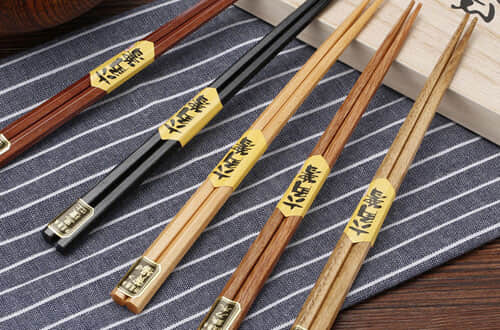
There is no doubt that through your travels in China, you will grow accustomed to using chopsticks. The sad part about returning home is that your house didn’t have a set of chopsticks to eat your meals with. Fear not! These exciting utensils are found in a variety of locations. Regardless of styling, there is a pair of chopsticks for you. If you like simple designs, then a pair of basic wooden or metal chopsticks will meet your needs. If you want some beautiful designs, then engraved or painted chopsticks will satisfy your eclectic taste. You can even order one pair with your or your loved ones’ names carved on it.
5. Chinese Art and Calligraphy
Regardless of where you travel, you will be exposed to various types of Chinese artwork. Traditional and modern art is extremely important to Chinese society, as the art pieces often depict the feeling and emotions of the times that they were made.
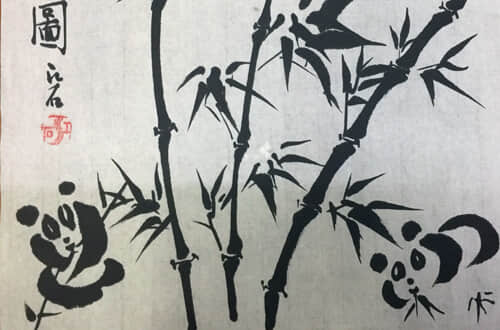
Regarding traditional art, it is most common to find pieces of calligraphy and oil paintings. Oil paintings are traditional pieces that have been used for many years in China. It is common to see natural scenes or images of animals, such as Xu Beihong’s famed horse paintings. Not only do these ideas show natural scenery, but the pieces hold a deeper meaning of pride, strength, and perseverance that is reminiscent of the modern history in China.
If you are looking for some unique calligraphy crafted from master artists, you will be able to find a large selection of locations that are owned by calligraphy pros. Calligraphy shops will often have trained artists that can produce original pieces of words or names that you want made. Consider asking for some of the most famed Chinese idioms to show off a phrase that has some significant meaning.
6. PRC Memorabilia
The PRC is known for having a rich history of culturally and historically significant moments. Many of the developments of national pride come from the unique arts and writings that were made throughout the foundation and growth of the PRC. There are many places that you will find one of a kind original or remade propaganda posters or writings that were made from 1949 and on. One of the most sought after works that can be found in many placed is the “little red book” properly titled: “Quotations from Mao Zedong”. In markets and museums, you will also find some reprints of historical documents or photos from the PRC foundation era.
7. Location Specific Items
Regardless of where you travel around the vast country, there are a variety of cultures and unique lifestyles that are found throughout China. Because of these you visit. Across provinces and in the different hemispheres of China, culture reigns as the most influential factor on local artistry and craftsmanship.
Location specific items might derive from cultural practice, or take influence from the unique landmarks or history of each area. Some of the most exciting regional specific items you might find along your adventures are:
- Sichuan Province Opera masks (Bian lian): These beautifully detailed masks are designed to emit emotion without words. Often the masks are used with song and dance and are changed to present the emotional theme of the story.
- Beijing Rice Paper Cutting: A highly sought after form of traditional Chinese art that is made from super thin rice paper. Often found in red and black, the artisans create scenes of Chinese nature or architecture out of the delicate papers.
- Xian Stone Tablet Rubbings: Some of the first ever recording of written Chinese stems from the Shaanxi province, and especially in Xian. You can find rubbings of the original stone tablets used to keep records over 3000 years ago. This is a great choice for history buffs.
8. Chinese Knots
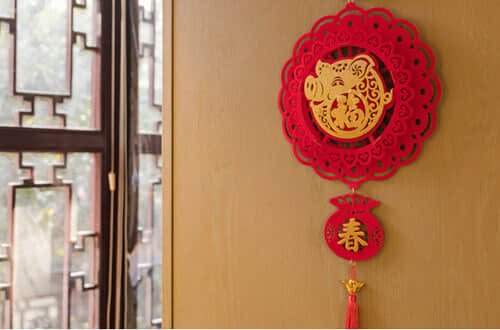
One additional form of traditional Chinese artistry is advanced Chinese Knots. The practice of ornamental knotting is recorded to have started over 1000 years ago during the Song Dynasty. Chinese knots are a special form of art because they take time and patience to master making properly. One of the key attributes of Chinese knot art is that the knots are symmetrical. This is an impressive quality, as symmetry in the knots comes from the double layered, two string piece.
These knots are almost always in red and are meant to be hung so the tassels at the bottom can dangle freely. You can choose knots that are just made of cord, while others also contain a plaque with writing.
9. Cloisonné
Cloisonné vessels and jewelry are some of the most popular home goods to purchase for tourists and Chinese alike. The intricate designs of the metal, glass, and copper pieces make for an immediate statement piece that will surely start conversations. Cloisonné art has been around in China through many of the ancient dynasties, and is still a popular practice by many in modern China due to the sheer beauty and delicacy of these high-quality pieces of art.
There are many different tiers of quality for Cloisonné pieces and jewelry, so feel free to ask our expert guides along the way to help you find the pieces that best fit your wants.
10. Chinese Clothing
Aside from the vast amount of modern Chinese styles that you will see when walking down the street of the bustling cities, there is still a deep affection for some of the traditional Chinese garments. There is no shortage of places to find some new creations of traditional pieces for men and women. Often, you will find clothing ranging in price and quality. This is primarily due to the materials used and the additional detailing or tailoring that is done to meet your desires.
Here are three of the most popular Chinese style clothes to have a look at when visiting in China:
- Qipao: A Qipao, also known as a Cheongsam, is a traditional Chinese dress. There are a variety of patterns and fabrics that make Qipaos unique. Each one is built with a different style in mind, so you can find a Qipao that best suits your personality.
- Changshan: A Changshan is the male equivalent to the Qipao, and holds a vast cultural importance to Chinese history. Today, the items are still considered some of the most unique pieces available for men that want to connect with the past and pay some cultural respect to old practices. Similar to a Qipao, a Changshan can be found in a variety of fabrics and patterns that make for a unique piece for you to enjoy.
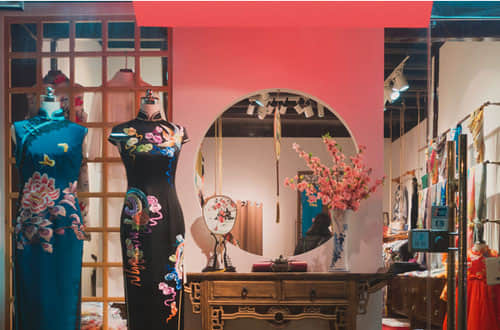
Chinese Qipao
- Han “Costume”: In recent years, younger generations have taken a liking to the elegant and status-bearing Han clothing.
During the Han dynasty, there was a particular cultural shift that focused on elegance and class. There is no doubt that these pieces, even today, still promote these messages. These are pieces that would make great souvenirs for their historical significance as well as their revitalized modern popularity.

 Shopping in China
Shopping in China  Shopping in Shanghai
Shopping in Shanghai 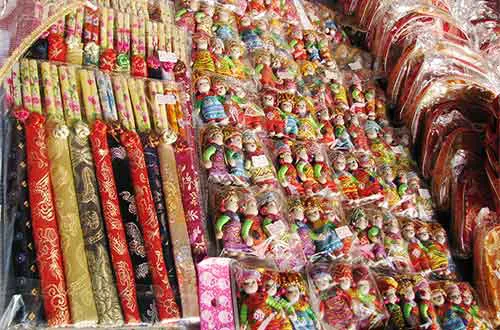 Street Stall and Bargain Skill
Street Stall and Bargain Skill  How to Use ATM in China
How to Use ATM in China